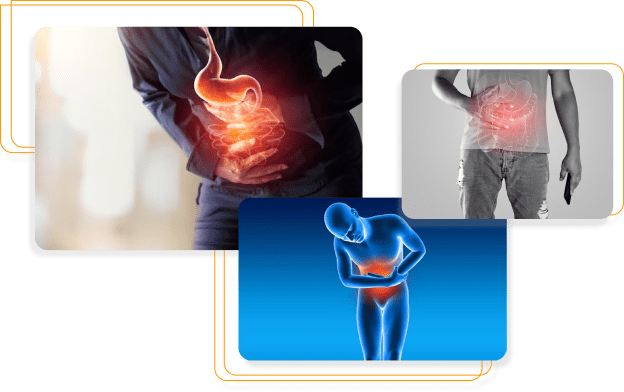
Corrosive Injuries Of The Oesophagus And Stomach
Corrosives have the potential to harm any part of the gastrointestinal (GI) tract. The oropharynx, larynx, oesophagus, and stomach are the parts of the GI tract that are most commonly affected. Accidental or suicidal consumption of acids or alkalis causes GI tract corrosive damage, says Dr. Sanjoy Mandal, who is considered to be the best gastroenterology surgeon in Kolkata. In youngsters, accidental ingestion is more common, whereas, in adults, suicide intent is the most common cause. Overall, acidic injuries to the upper gastrointestinal tract are more common in developing countries.
Effects of Corrosive Injuries

The acute phase of the disease (the first few days) is marked by necrosis, small vessel thrombosis, and mucosal sloughing. After then, bacterial invasion and fibroblast migration take place (4–7 days). Collagen deposits are visible after two weeks. By the third week, scar retraction has begun, leading to strictures.
Perforation of the oesophagus, stomach, or duodenum also occurs in the acute phase of corrosive injuries. Chronic corrosive injuries can lead to a variety of problems, the most frequent of which is a stricture. According to the gastrointestinal surgeon in Kolkata, dysphagia is caused by oesophageal strictures. When the oesophagus lumen is greater than 10 mm, however, the patients are usually asymptomatic.
Treatment and Management of Corrosive Injury
The initial concern in patients with caustic ingestion is airway monitoring and control. When there is an airway compromise, a definite airway is created. Medical therapy is started in patients who have a stable airway and no clinical or radiological signs of perforation.
Urgent esophagogastroduodenoscopy (EGD) is scheduled to assess the severity of the injury and determine the long-term prognosis. However, in asymptomatic individuals, EGD may be skipped in favour of observation, says the best gastro surgeon in Kolkata. Patients, who are asymptomatic for 2-4 hours following an exploratory ingestion and can tolerate a normal diet, are discharged with precautions for follow-up and return.
Medical Treatment
Corticosteroids are still a divisive treatment for reducing morbidity from corrosive and caustic injuries. Reduced stricture formation in animal models prompted early adoption, however, this effect was not seen in subsequent patient cohorts. In a more recent trial focusing on high-risk injuries, a brief 3-day course of methylprednisolone was only found to be beneficial in juvenile patients with grade 2B oesophageal injuries.
Surgical Treatment
Oesophageal stricture can develop as soon as three weeks after consuming caustic substances, but it usually takes eight weeks or longer. According to the gastroenterology surgeon in Kolkata, oesophageal dilatation with bougies (typically Savary) or balloon catheters is used to treat strictures.
Savary bougies are more dependable for treating consolidated and fibrotic strictures, as well as lengthy, tortuous ones, and bougie dilatation may have a reduced risk of perforation than balloon dilatation of caustic strictures, which has been reported to have rates as high as 30%.
Take the first step towards a healthier you
